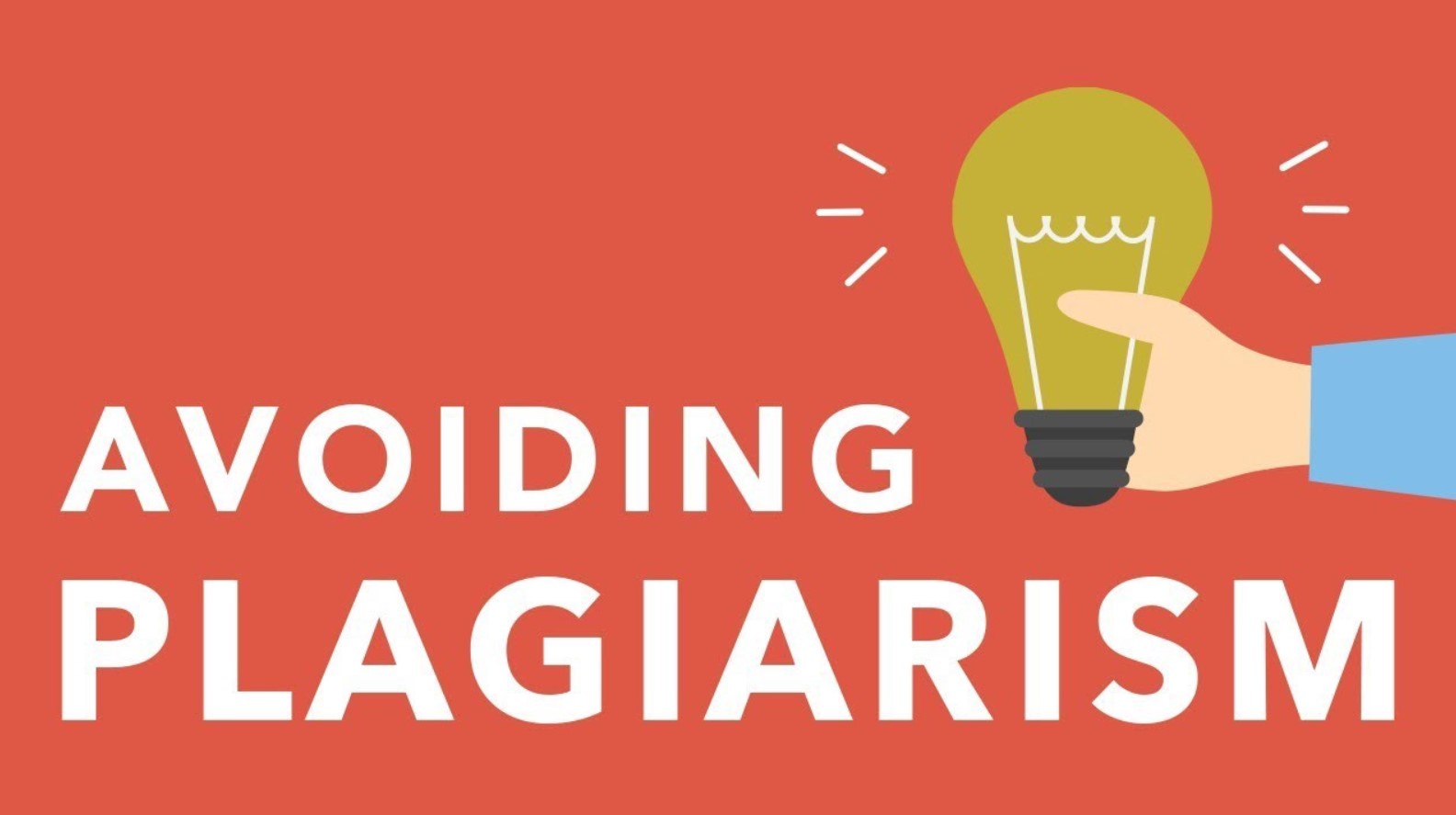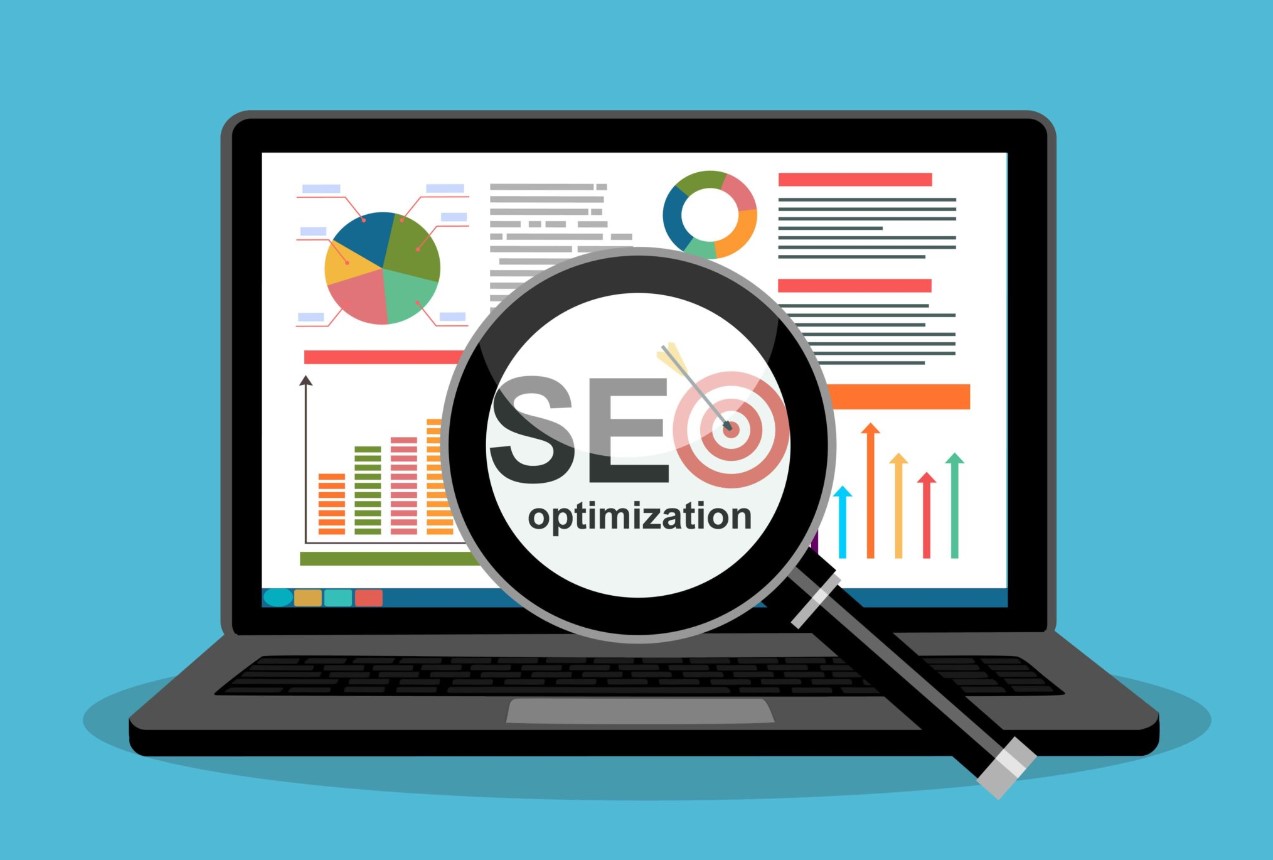
Why You Should Use a Plagiarism Tool Before Publishing New Content
Learn why using a plagiarism tool before publishing content is essential for maintaining originality, boosting SEO, and protecting your brand's reputation.
In the digital age, content is king. Creating original content is crucial whether you're a blogger, a business owner, or a student. The internet thrives on fresh, unique content that informs, engages, and entertains. However, with the vast amount of information available online, it’s easy for content creators to use the same ideas or phrases as others unintentionally. This is where plagiarism tools come into play.
Using a plagiarism tool before publishing new content not only ensures the originality of your work but also protects your reputation, enhances your SEO efforts, and shields you from potential legal issues. In this article, we’ll explore why every content creator should make plagiarism checking a vital part of their content creation process.
What is Plagiarism and Why is it a Problem?

Plagiarism is the act of using someone else's work or ideas without proper acknowledgment. It can range from copying and pasting entire paragraphs to rephrasing someone’s ideas too closely without giving credit. While this may seem harmless, plagiarism has serious consequences, especially in the online world.
When you publish plagiarized content, you not only risk damaging your credibility but also face possible legal repercussions. In academic or professional settings, it can lead to penalties such as fines, lawsuits, or a loss of business. For bloggers and businesses, plagiarism can result in lost trust from your audience, a drop in your search engine rankings, or even getting banned from certain platforms.
How Plagiarism Tools Help Maintain Originality
One of the most important reasons to use a plagiarism tool before publishing content is to ensure its originality. Even if you’ve created your content from scratch, there's always a possibility that some phrases or ideas may overlap with existing content, especially if you're covering popular topics.
Identifying Unintentional Plagiarism
Unintentional plagiarism happens when a writer unknowingly uses similar wording or structure to another piece of content. This can happen quite easily, especially if you've researched extensively before writing. A plagiarism tool helps detect these similarities, allowing you to revise the content and ensure that your work is truly original.
Ensuring Accurate Citations and References
If your content includes quotes, data, or references from other sources, it’s important to give proper credit. Plagiarism tools often highlight sections that need citations, ensuring that you're not accidentally presenting someone else's work as your own. By identifying these areas, you can add the necessary citations and maintain the integrity of your content.
The SEO Benefits of Using a Plagiarism Tool Before Publishing

Search engine optimization (SEO) is critical for any content creator looking to increase their online visibility. Google and other search engines prioritize original content, and plagiarism can severely harm your site’s rankings.
Avoiding Duplicate Content Penalties
Search engines like Google have algorithms designed to detect duplicate content. If your content is too similar to what’s already published, your page might be penalized. This can result in lower rankings, reduced traffic, and, in severe cases, complete removal from search engine results. Using a plagiarism tool ensures that your content is unique, allowing you to avoid these penalties and maintain your SEO efforts.
Enhancing Your Content's Value
Original content not only ranks better but also provides more value to readers. If someone searches for information and finds the same content on multiple sites, they are likely to leave quickly, leading to higher bounce rates. By creating and ensuring original content, you offer your audience something fresh and valuable, encouraging them to stay longer and engage more deeply with your site.
Protecting Your Brand's Reputation
Your brand’s reputation is one of its most valuable assets. Publishing plagiarized content, even unintentionally, can harm that reputation. Audiences trust brands that produce original, high-quality content. If they discover that your content is copied or closely resembles another source, it could lead to a loss of trust.
Building Credibility with Original Content
Original content establishes you as a thought leader in your industry. When you consistently create unique content, your audience will come to view you as an authority, increasing trust and credibility. A plagiarism tool helps ensure that everything you publish is fresh and original, enhancing your reputation and making your content more likely to be shared.
Preventing Negative Publicity
In the age of social media, any misstep can go viral. If someone accuses you of plagiarizing content, it could lead to negative publicity that spreads quickly. Even if the plagiarism was unintentional, the damage to your reputation could be long-lasting. Using a plagiarism tool before publishing helps you avoid these situations and keeps your brand’s image intact.
Legal Considerations for Plagiarized Content
Beyond damaging your reputation, plagiarism can also lead to legal consequences. Copyright laws protect the intellectual property of content creators, and using someone else's work without permission is a violation of these laws. Depending on the severity of the plagiarism, legal actions could include fines, lawsuits, or the requirement to take down the content.
Avoiding Copyright Infringement
One of the primary legal risks associated with plagiarism is copyright infringement. If you use someone else’s content without permission, you’re infringing on their copyright, even if it’s just a few sentences. A plagiarism tool can help you detect areas of concern, allowing you to make the necessary changes or seek permission to use the content.
Protecting Your Own Intellectual Property
As a content creator, your own work is also subject to copyright protection. By ensuring your content is original before publishing, you safeguard your intellectual property from future disputes. Additionally, using a plagiarism checker ensures that you're not unintentionally infringing on others’ intellectual property, thus avoiding legal issues.
The Role of Plagiarism Tools in Academic Writing
Plagiarism is a significant issue in academic writing, where originality and proper citation are paramount. For students, researchers, and academics, using a plagiarism tool is not just about avoiding penalties; it's about maintaining academic integrity.
Ensuring Academic Integrity
Educational institutions take plagiarism very seriously. Being caught submitting plagiarized work can lead to severe consequences, including failing grades, suspension, or expulsion. For researchers, plagiarism can ruin careers, as academic journals and institutions demand originality and proper citations. By using a plagiarism tool, academics can ensure their work meets these high standards.
Streamlining the Writing Process
Many plagiarism tools not only detect copied content but also provide suggestions for rephrasing or adding citations. This can save time during the writing process, especially for students or researchers working on tight deadlines. By incorporating a plagiarism check early in the drafting process, writers can focus on creating high-quality, original work without fear of accidental plagiarism.
Popular Plagiarism Tools to Consider
With the importance of originality firmly established, it’s worth exploring some of the most popular plagiarism tools available today. These tools vary in functionality, with some designed specifically for academic writing and others tailored for bloggers, businesses, and content marketers.
Grammarly
Grammarly is best known for its grammar and spell-checking capabilities, but it also offers a robust plagiarism detection feature. It checks your content against billions of web pages and academic papers, making it an excellent tool for both professional and academic writing.
Copyscape
Copyscape is a well-known plagiarism detection tool that focuses on web content. It's particularly useful for bloggers and businesses looking to ensure that their articles, blog posts, or product descriptions are unique. Copyscape checks content against a vast database of online sources, ensuring that your work stands out from the crowd.
Turnitin
Turnitin is a popular choice among academic institutions. It’s designed specifically for checking academic papers and research articles. Turnitin compares your work against a database of scholarly articles, ensuring that students and researchers avoid unintentional plagiarism while maintaining academic integrity.
Quetext
Quetext offers a comprehensive plagiarism detection service that checks content against web pages and academic papers. It’s user-friendly and provides detailed reports, making it a great option for writers who need to ensure the originality of their work quickly.
Tips for Avoiding Plagiarism in Your Writing
While plagiarism tools are invaluable, it’s also important to develop good writing habits to avoid plagiarism in the first place. Here are some tips to help ensure your content is original and properly cited:
Paraphrase Carefully
When rewording someone else's ideas, make sure you're not just changing a few words here and there. Instead, fully understand the concept and then explain it in your own words, with a fresh perspective.
Use Quotes for Direct Citations
If you’re using a direct quote, make sure to put it in quotation marks and provide the proper citation. This not only avoids plagiarism but also adds credibility to your work by showing you’ve done your research.
Cite Your Sources
Anytime you use someone else's ideas, data, or research, give them credit. Whether it’s through a footnote, a bibliography, or an in-text citation, acknowledging your sources is a simple way to avoid plagiarism.
Run a Plagiarism Check
Finally, always run your content through a plagiarism checker before publishing. Even if you’ve followed all the steps above, a plagiarism tool provides an extra layer of security by identifying any potential issues you may have missed.
How Plagiarism Tools Benefit Content Teams and Agencies
For content teams and agencies, the stakes are even higher. Producing large volumes of content for multiple clients increases the risk of unintentional duplication. Plagiarism tools help maintain quality and originality across all content, ensuring clients receive unique work every time.
Quality Control Across Multiple Writers
When managing a content team, ensuring consistency and originality across multiple writers can be a challenge. Plagiarism tools streamline the quality control process by flagging any duplicated content, making it easier for editors to maintain high standards.
Protecting Client Relationships
Clients expect original content that reflects their brand voice and values. Delivering plagiarized content can damage your relationship with a client and hurt your agency’s reputation. By using plagiarism tools, agencies can guarantee that their work is unique, professional, and up to the client’s standards.
Final Thoughts: The Importance of Plagiarism Tools in Modern Content Creation
In today’s competitive digital landscape, originality is more important than ever. Whether you're a blogger, a business owner, or an academic, using a plagiarism tool before publishing new content is essential. Not only does it protect your reputation and avoid legal issues, but it also boosts your SEO efforts, enhances your credibility, and provides value to your audience.
By making plagiarism checking a regular part of your content creation process, you ensure that every piece of work you produce is fresh, original, and ready to make an impact.
FAQs
What is plagiarism in content writing?
Plagiarism in content writing occurs when a writer uses someone else’s work or ideas without proper attribution, making them appear as their own. This can range from copying text directly to paraphrasing too closely without giving credit.
How do plagiarism tools help with SEO?
Plagiarism tools help with SEO by ensuring that your content is unique. Search engines prioritize original content and penalize duplicate content, which can lower your site's ranking.
Can plagiarism be accidental?
Yes, plagiarism can be accidental, especially if a writer unintentionally uses similar phrases or ideas as another source. Plagiarism tools help detect these instances, allowing writers to revise and ensure originality.
What are the consequences of plagiarism?
Consequences of plagiarism can include legal action, fines, a loss of reputation, or a drop in search engine rankings. In academic settings, it can lead to penalties like failing grades or expulsion.
Which plagiarism tool is best for businesses?
For businesses, tools like Grammarly and Copyscape are popular choices. They offer thorough plagiarism detection tailored to web content, helping businesses ensure their work is original.
Why should I use a plagiarism tool before publishing?
Using a plagiarism tool before publishing helps ensure your content is original, protects your reputation, boosts SEO rankings, and avoids legal issues related to copyright infringement.






